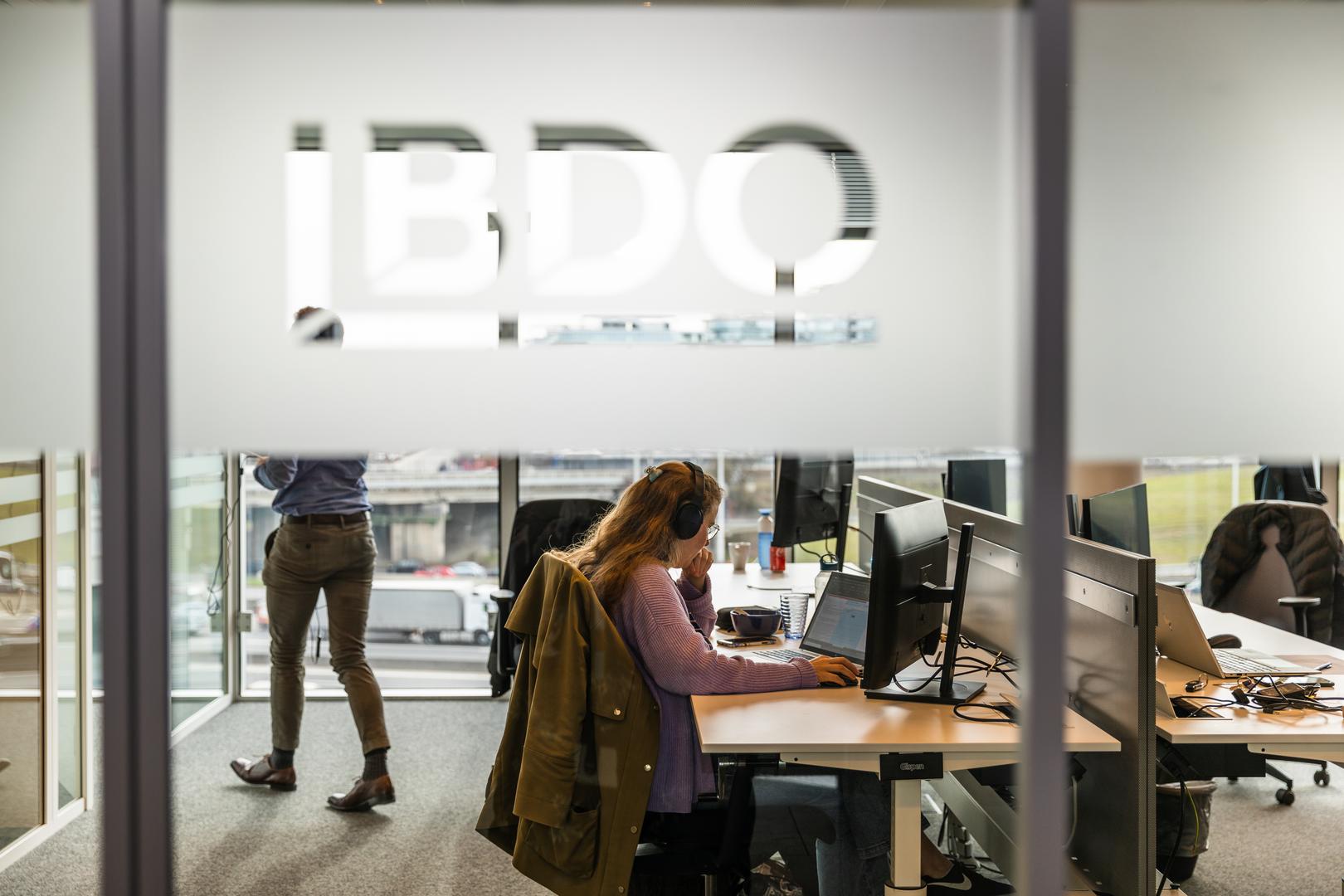E-invoicing: a legal requirement that impacts your entire organisation
Stay efficient and compliant with the new e-invoicing requirement



From 1 January 2026, e-invoicing will become mandatory for B2B transactions in Belgium. This means businesses will need to move away from paper and PDF invoices and switch to structured digital invoices, usually in UBL format, exchanged via the secure Peppol network.
Most standard accounting software can process these files automatically, with minimal manual input. This speeds up invoicing, reduces costs, and cuts down on administrative tasks.
But the impact goes beyond IT. Your tax, legal, and accounting processes will also be affected.
For many businesses, the transition is more complex than it seems - especially for large and international companies. The sooner you start preparing, the lower the risk of operational or compliance issues.
Switching to e-invoicing isn’t just about compliance. It also brings a range of tangible benefits:
Many businesses underestimate the complexity of this transition. E-invoicing doesn’t just affect invoicing - it has a knock-on effect across multiple areas of your organisation:
Mandatory e-invoicing is a step forward in digitalising your business, but it also comes with challenges.
Firstly, your invoicing system needs to do more than simply meet today’s requirements - it should be future-proof. That means selecting software that’s compatible with Peppol, the secure network for exchanging e-invoices. Not all accounting software is fully adapted yet, so you may need to work with a hybrid system in the meantime.
Data standardisation is also key. E-invoices must meet specific data standards to integrate seamlessly across different systems. This means ensuring that details like invoice numbers, amounts, tax information, and general terms are correctly structured in a digital format.
And while 2026 may seem far away, implementation takes time. It’s not just about IT - your tax, legal, and accounting processes need to be adjusted to remain compliant.
.jpg)
A successful transition starts with a well-thought-out approach.
E-invoicing isn’t just a legal requirement - it’s an opportunity to optimise your financial processes. Have questions about the best approach for your business? Our experts are here to guide you every step of the way.